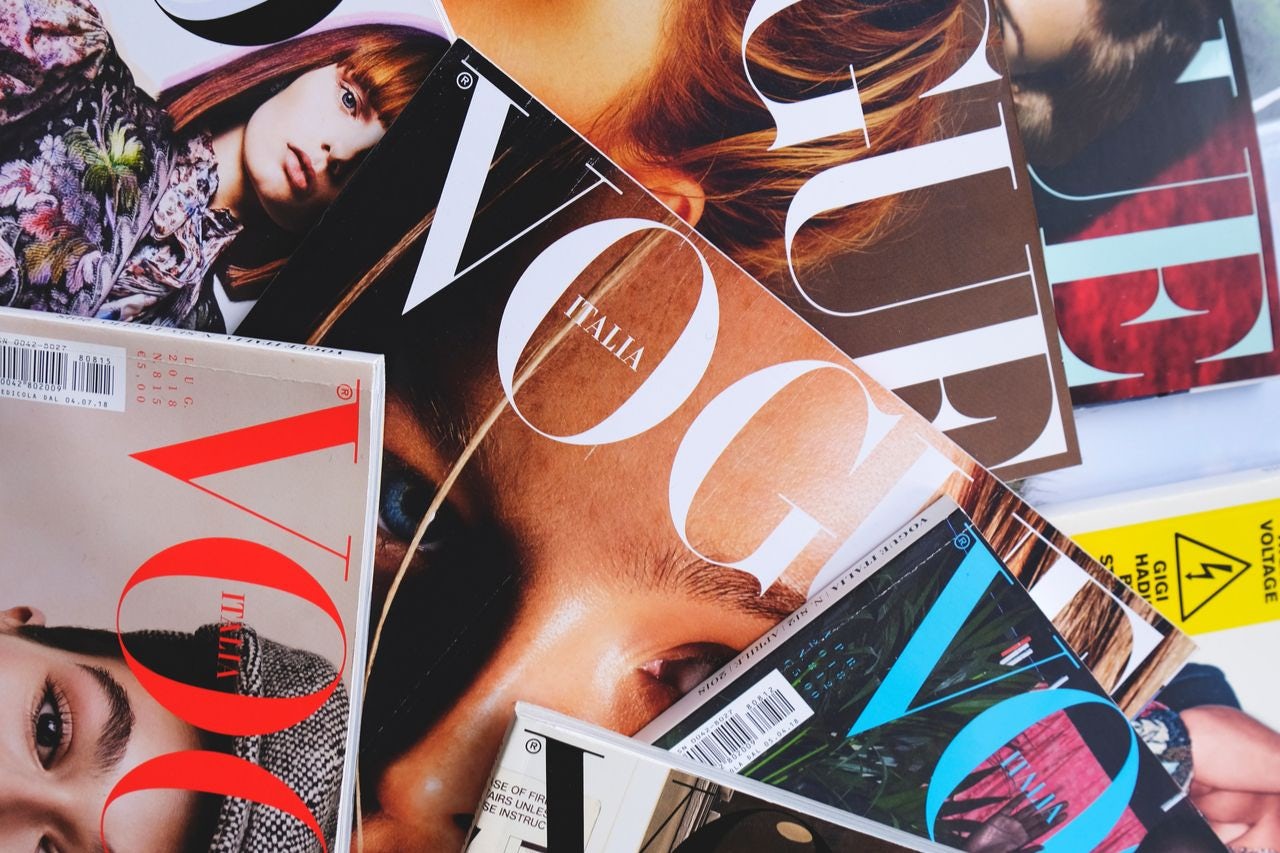The Jing Take reports on a piece of the leading news and presents our editorial team’s analysis of the key implications for the luxury industry. In the recurring column, we analyze everything from product drops and mergers to heated debate sprouting on Chinese social media.
What happened
Nearly one year after the global media giant Condé Nast launched the B2B publication, Vogue Business, it's adding a WeChat channel on December 10, Vogue Business in China — in both simplified Chinese and English. According to Condé Nast, the Chinese addition will build upon Vogue Business’ mission to provide fashion industry professionals with a truly global outlook by offering deep analysis and insights on Chinese consumer behaviors, industry news, cultural shifts, and market trends. Headquartered in Shanghai, Vogue Business in China will operate with an independent editorial and commercial team lead by Editorial Director Imin Pao, who joined Condé Nast from his own consultancy company this year, while working closely with the Vogue Business team in London.
Background:#
With China now making up for more than one-third of the global luxury market, it’s become vital for global luxury brands to understand the market and keep up to speed with the latest trends. Given this, Vogue Business in China is just the latest B2B publication entering this lucrative segment. Other international players include Jing Daily, The Business of Fashion, and WWD. Meanwhile, established local player like LadyMax has been dominating industry conversations with its savvy headlines and in-depth analysis, while Shanghai-government-backed publication Jiemian has developed human-centric coverages on the whereabouts in the local fashion scene.
Our Take:#
Industry experts question whether Vogue Business in China can truly separate itself from Condé Nast’s deep roots in the fashion industry and objectively report on this market with a critical eye. Nevertheless, as Western luxury brands continue to stumble with cultural missteps in China, and Chinese homegrown brands rely more and more on B2B publications to frame themselves on the international stage, there will continue to be new voices and efforts hoping to gain market share. For Vogue Business in China, beyond delivering the latest industry news, it aims to broaden its influence through a number of new avenues, including workshops, an annual report, and partnerships. According to Condé Nast, it will also partner exclusively with LinkedIn China, and collaborate with Boston Consulting Group (BCG) and IPSOS through strategic partnerships.

